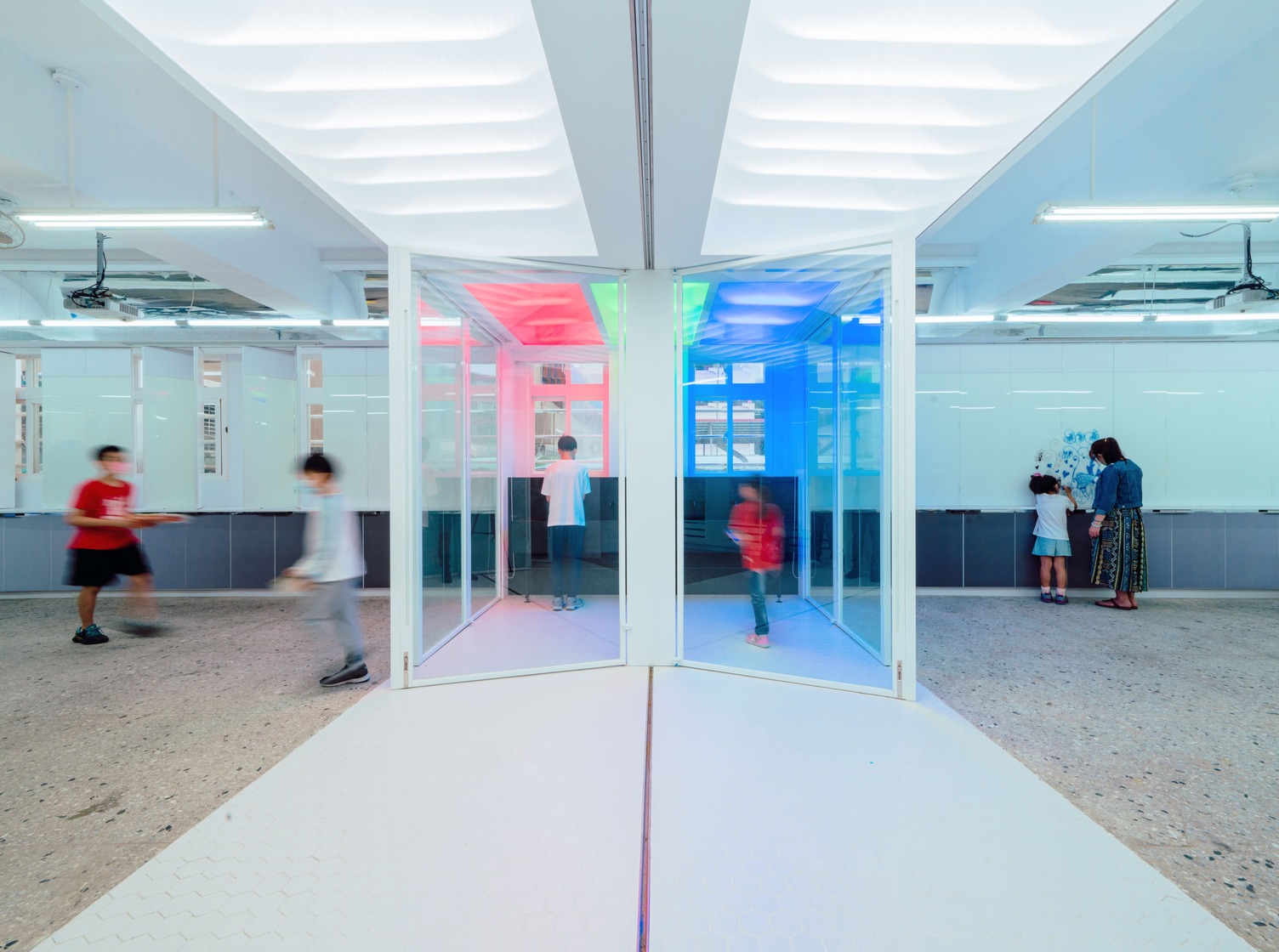Not Just Changing Campuses, But Propelling the Design Industry
-Exclusive Interview with Assistant Professor Chi Jr-Gang of Department of Architecture, Shih Chien University
According to Newton’s third law, If a force is exerted on an object, then the object must exert a force of equal magnitude and opposite direction back. “Design Movement on Campus” follows this law as well—during the implementation, design teams not only transform the campuses, but also accumulate precious experience that will bring qualitative changes to the design industry.

Carrying Memory of Campus, Create Better Environment for the Next Generation
This is what deeply resonates with Assistant Professor Chi Jr-gang of Department of Architecture, Shih Chien University, who has twice served as the curator of ADA Awards for Emerging Architects and is familiar with young Taiwanese designers. He has also observed the impacts of “Design Movement on Campus” on young designers collectively: “When I was the curator of ADA, I discovered that many young designers had participated in ‘Design Movement on Campus.’ These young design teams had just graduated from school, and their memories of school life were still fresh. Thus, when they responded to issues on campus, they were often times bolder and more to the point compared to more experienced teams. This process of participation also enabled them to accumulate more diverse design experiences.”
Through his experience serving as a juror of “Design Movement on Campus,” Chi has also realized that, despite the limited budget of “Design Movement on Campus,” many teams are still willing to participate and come up with innovative proposals. When the top priority is not profiting, how exactly can a design project like “Design Movement on Campus” attract design teams? About this, Chi analyzes that many young designers are also new parents and, using “Design Movement on Campus” as an opportunity, they hope to build a suitable environment for their children. “Young designer parents have arguably projected their expectations for the environment of their children onto ‘Design Movement on Campus’.”


The Uniqueness of Transformed Spaces Attracts Participation of Design Teams
In addition to contributing for the next generation, the uniqueness of the cases in “Design Movement on Campus” is another reason why the project is so appealing to design teams. For example, Miaoli County Nanhe Elementary School’s target of transformation was a “ranch in elementary school,” and the design team had to design for chickens a space suitable for activities and laying eggs, while also allowing students to observe the chickens and collect the eggs. This unique design theme attracted the most proposals from design teams in the history of this project. “These design projects are not large-scale, but the themes are quite unique, which is attractive to designers. Moreover, as long as design teams have great ideas, TDRI will do everything in its might to help them communicate with the schools. To newly founded design teams that have great passion and imagination for spatial design, this is the best platform.”
A Journey of Transformation from Elementary Schools to Universities Nurtures New Outlooks for Design
Chi further points out that, other than “Design Movement on Campus” that gives new possibilities to campus environments from elementary to senior high schools, Ministry of Education has strived for the promotion of “New Student Accommodation Movement” in recent years. This process of transformation from elementary schools to universities not only brings campuses aesthetic upgrade, but also nurtures more design teams with experience in campus design. When these unique cases are showcased and shared, a new trend will be set forth in Taiwan’s design industry, so that “Design Movement on Campus” not only changes on-campus aesthetics, but also transforms Taiwan’s design industry through combination of aesthetic thinking and life and learning.




